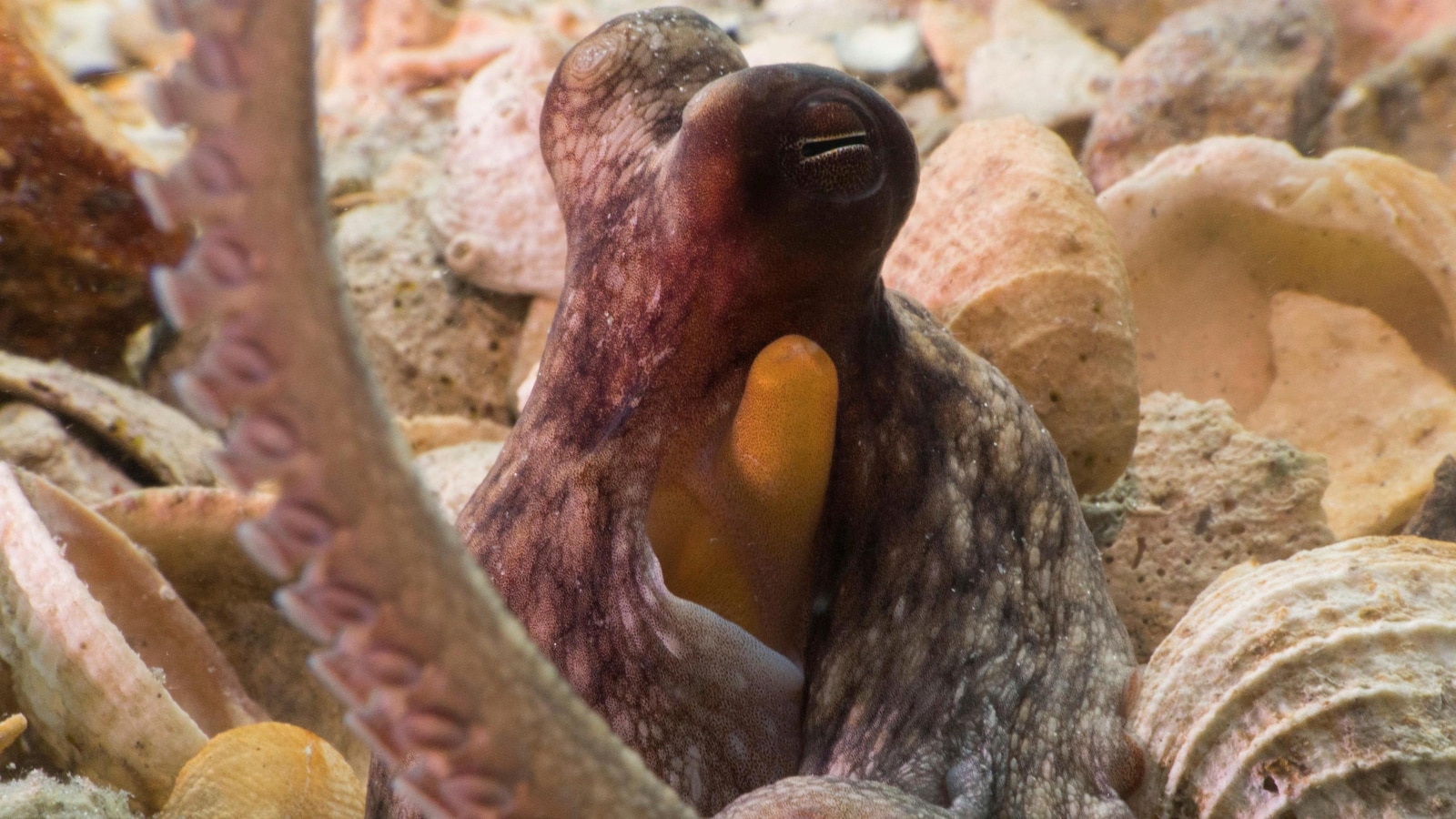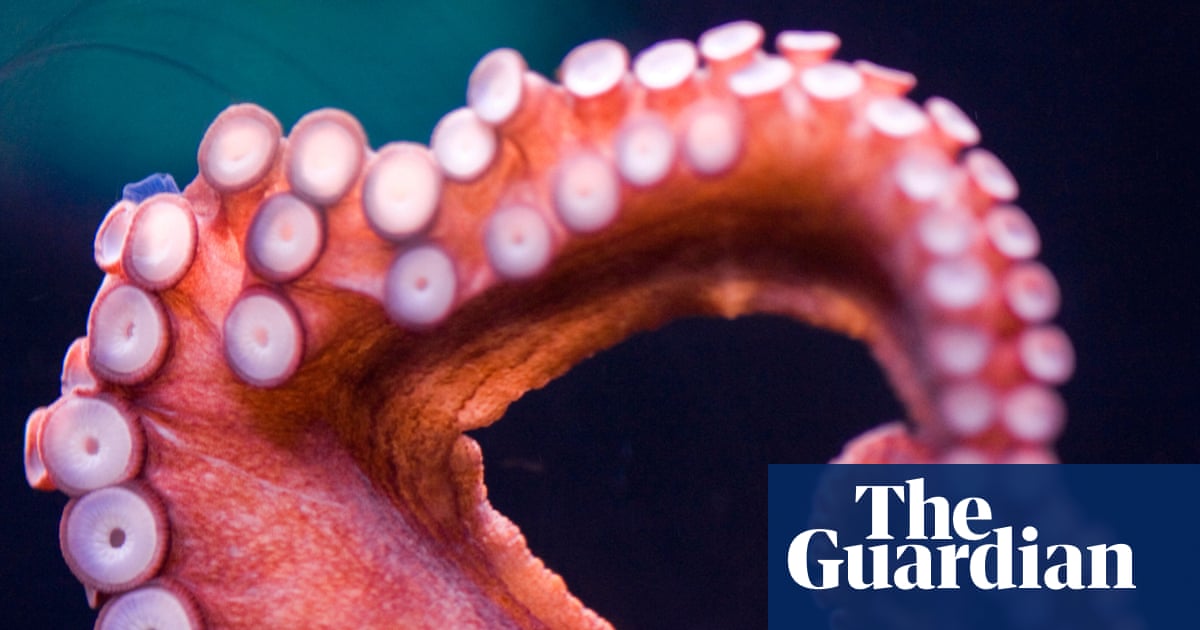Octopus Arm Movements Reveal Specialized Limb Use
Researchers analyzed thousands of octopus arm movements, discovering these creatures exhibit limb specialization. They favor front arms for exploration and have preferred arms for specific tasks.
Subscribe to unlock this story
We really don't like cutting you off, but you've reached your monthly limit. At just $5/month, subscriptions are how we keep this project going. Start your free 7-day trial today!
Get StartedHave an account? Sign in
Overview
- Researchers documented over 4,000 arm movements from 25 octopuses across three species using video analysis to understand their complex limb usage.
- The study identified 15 distinct behaviors and 12 arm actions, revealing how octopuses coordinate their eight complex, sucker-laden arms for various tasks.
- Octopuses demonstrate limb specialization, frequently using their front arms for exploration and specific tasks, accounting for 60-64% of their overall actions.
- Despite favoring front limbs for certain activities, octopuses do not exhibit a single dominant arm, with left and right limbs performing actions almost equally.
- This observed specialization, where octopuses have a preferred arm for each task, is comparable to limb preferences seen in other animals like primates, rodents, and fish.
Report issue

Read both sides in 5 minutes each day
Analysis
Center-leaning sources cover this story neutrally, focusing on presenting scientific findings without editorial bias. They report the study's results directly, explain the methodology, and include expert commentary to provide context and validation, ensuring a balanced and informative account of octopus limb usage.
Articles (3)
Center (1)
FAQ
Octopuses use complex coordination involving four fundamental arm deformations—shortening, elongating, bending, and torsion—with specific regions of each arm specializing in certain deformations to perform various tasks. They demonstrate limb specialization, frequently using front arms for exploration and task-specific purposes, while left and right limbs act almost equally without a single dominant arm.
Octopuses exhibit 15 distinct behaviors and 12 arm actions composed of four fundamental arm deformations: shortening, elongating, bending, and torsion. These deformations are regionally specialized along the arm length: bends mostly occur near the distal tip, elongations more frequently near the proximal base, and other movements occur proportionally along the medial section.
Octopuses exhibit limb specialization with preferred arms for specific tasks and exploration, similar to limb preferences observed in animals like primates, rodents, and fish. Unlike these animals, octopuses do not show a single dominant arm but rather balanced use of left and right limbs.
Researchers have developed high-fidelity computational models that capture the complex muscular architecture of octopus arms by applying topology and differential geometry, relating muscle activation to topological quantities like writhe and twist. These models are used to simulate realistic 3D arm motions and help understand motor control mechanisms.
Studying octopus arm movements enhances understanding of flexible motor control, neural coordination, and behavioral adaptations in complex environments. This knowledge informs fields such as neuroscience, animal behavior, and soft robotics by inspiring designs based on octopus limb flexibility and control strategies.
History
- This story does not have any previous versions.


